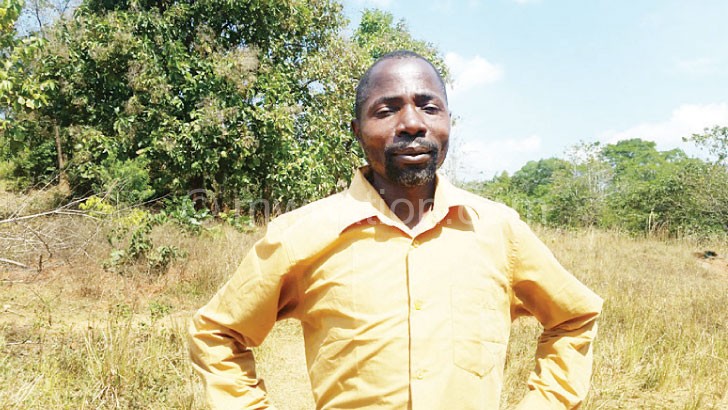Rough road to safe motherhood
On a sweltering afternoon in Karonga, there are no vehicles on a rocky road to Chisi which snakes past a range of hills in Karonga North.
This lack of traffic, save for pedestrians, is not peculiar. The hilly road lies in bad state, with gullies, potholes and slippery spots that scare away motorists.
“Usually, the residents walk for over 25 kilometres to access basic needs at Kaporo, the nearest trading centre in this mountainous setting,” says village head Shemu.
The area is almost cut-off during rainy seasons and dusty during the dry season.
Among the major losers are women, especially pregnant women who endure lengthy walks to access maternal services, including antenatal care and delivery, at Kaporo Rural Hospital.

“We are at times left with no choice but to deliver at home due to the long distance and the absence of reliable transport,” says Shemu.
The village head in Traditional Authority (T/A) Kilipula, Karonga North, has two wives and 10 children.
All the children were born at home without the assistance of skilled health workers. The women were assisted by traditional birth attendants (TBAs) banned by government.
“We walk for up to seven hours to access hospital services,” says Shemu.
Besides, the locals prefer concealing their pregnancy to safeguard the unborn from witchcraft.
Unsurprisingly, statistics from the district health office show only five in 100 pregnant women attend antenatal services in the first three months.
“Some women lose count of the months after conception. Usually, we are caught unawares when they are due for labour. We fail to make transport arrangements on time to have the woman taken to the hospital. As a result, we opt for the nearest traditional birth attendants,” says Shemu.
The country is making strides in maternal health and child survival as up to nine out of 10 women deliver with the assistance of trained health workforce in clinics.
Preliminary findings of the 2015 Malawi Demographic and Health Survey represents a sharp rise from just 56 percent in 2004 and 71 percent in 2010.
Government banned TBAs and partnered campaigners in sensitising women to camp at their nearest health centre at two weeks before delivery.
Chiefs have buoyed the cause by adopting bylaws to fine those who deliver outside health facilities.
In Karonga, traditional leaders, with support from the Ministry of Health and SSDI’s Moyo ndi Mpamba programme being implemented by Malawi Red Cross Society (MRCS), impose a fine of up to K15 000 (a selling price of a goat) on those who deliver at home and at the hands of TBAs.
At Chisi, village head Shemu was the first to be penalised by the law as his wife delivered at home in August last year.
“We planned to go to Iponga Rural Hospital in two months time. However, she delivered just a few days later. We didn’t know in time that she was pregnant. We lost count of the months,” recalls Shemu.
MRCS facilitator Ausen Msukwa says news about the risky childbirth in Shemu’s homestead delivery came to light during a mass awareness rally.
“Group village head Chisi, who was guest of honour, stopped the function and summoned Shemu to explain why he had allowed his wife to deliver at home and was fined there and then in the presence of everybody,” recalls Msukwa.
Now, Shemu has become an advocate for maternal health as he makes sure that women access proper medical attention in hygienic conditions during delivery.
According to World Health Organisation (WHO), the desired shift is known to reduce the risk of complications and infections that can lead to death of the mother as well as the baby.
The village head is also playing a leading role in moulding bricks for expansion of Chikutu Clinic into a health centre to end the long walks to Kaporo.
“So far, we have built a house for a health officer. We will build one more and lobby for a clinical officer,” he says.





